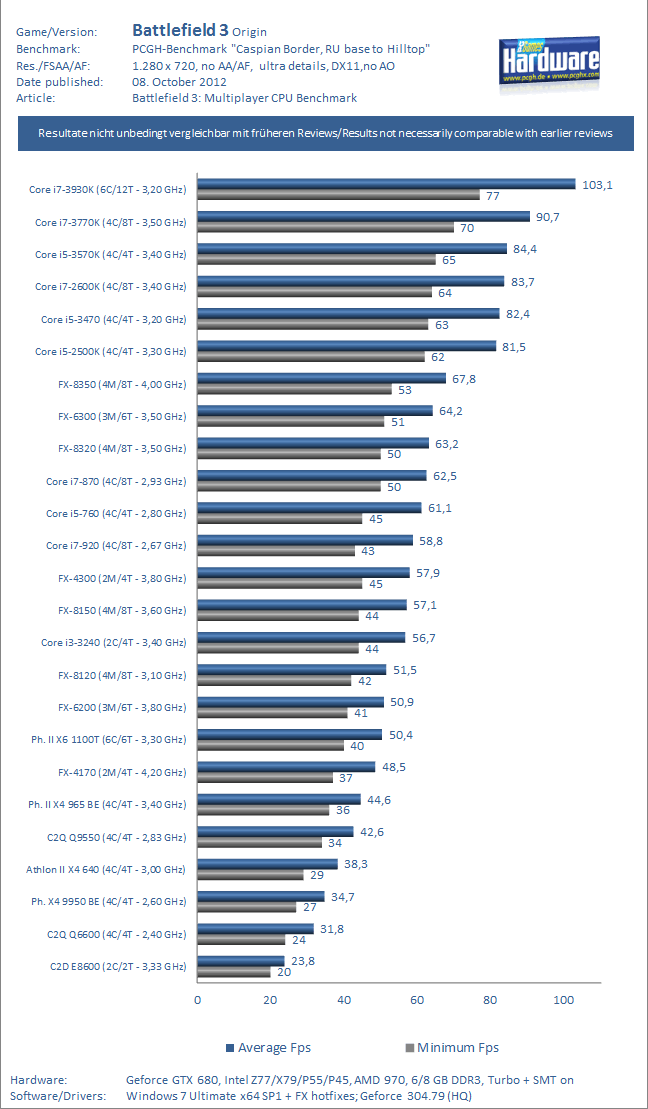Here is some more reading material:
http://slideplayer.com/slide/1600266/
If anyone want to play around with it here is a sample that lets you change what kind of contexts are used:
https://code.msdn.microsoft.com/windowsdesktop/Direct3D-Multithreaded-d02193c0
It has the following options:
http://slideplayer.com/slide/1600266/
If anyone want to play around with it here is a sample that lets you change what kind of contexts are used:
https://code.msdn.microsoft.com/windowsdesktop/Direct3D-Multithreaded-d02193c0
It has the following options:
- DEVICECONTEXT_IMMEDIATE, // Traditional rendering, one thread, immediate device context
- DEVICECONTEXT_ST_DEFERRED_PER_SCENE, // One thread, multiple deferred device contexts, one per scene
- DEVICECONTEXT_MT_DEFERRED_PER_SCENE, // Multiple threads, one per scene, each with one deferred device context
- DEVICECONTEXT_ST_DEFERRED_PER_CHUNK, // One thread, multiple deferred device contexts, one per physical processor
- DEVICECONTEXT_MT_DEFERRED_PER_CHUNK, // Multiple threads, one per physical processor, each with one deferred device context



